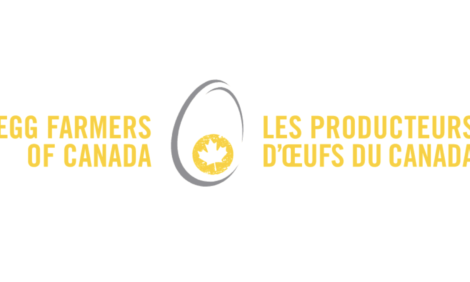



The Current Challenge for Salmonella Control in the Global Poultry Industry
CANADA - Remarks by Alberto Back, MercoLab, Brazil, during the poultry breakout session at the 2016 World Nutrition Forum in Vancouver, Canada.Introduction
Salmonella is an enteric pathogen that can infect almost all animals including humans. It belongs to the Salmonella genus and most of the time it is not associated with clinical diseases. There are only two species in this genus, enterica and bongori (Lin-Hui and Cheng-Hsun, 2007), but a very large number of serotypes (serovars), almost 2,700. Salmonella is found worldwide and mainly in the intensive animal production. Some serotypes are well adapted to a single species, such as: Typhi to humans, Choleraesuis to pigs, Dublin to cattle, Abortusequi to equine, Gallinarum and Pullorum to chickens, and so on. There are serotypes that can infect a large number of animal species, such as: Typhimurium and Enteritidis. In general, most of them can infect several animal species (Gast, 2008). Around 10% of the 2,700 serotypes have been isolated from birds, but a few of them are the most common in commercial birds worldwide: Gallinarum, Typhimurium, Enteritidis, Heidelberg, Montevideo, Infantis, Mbandaka, Kentucky, Javiana and Newport. The prevalence can vary among countries and between regions of the same country.











